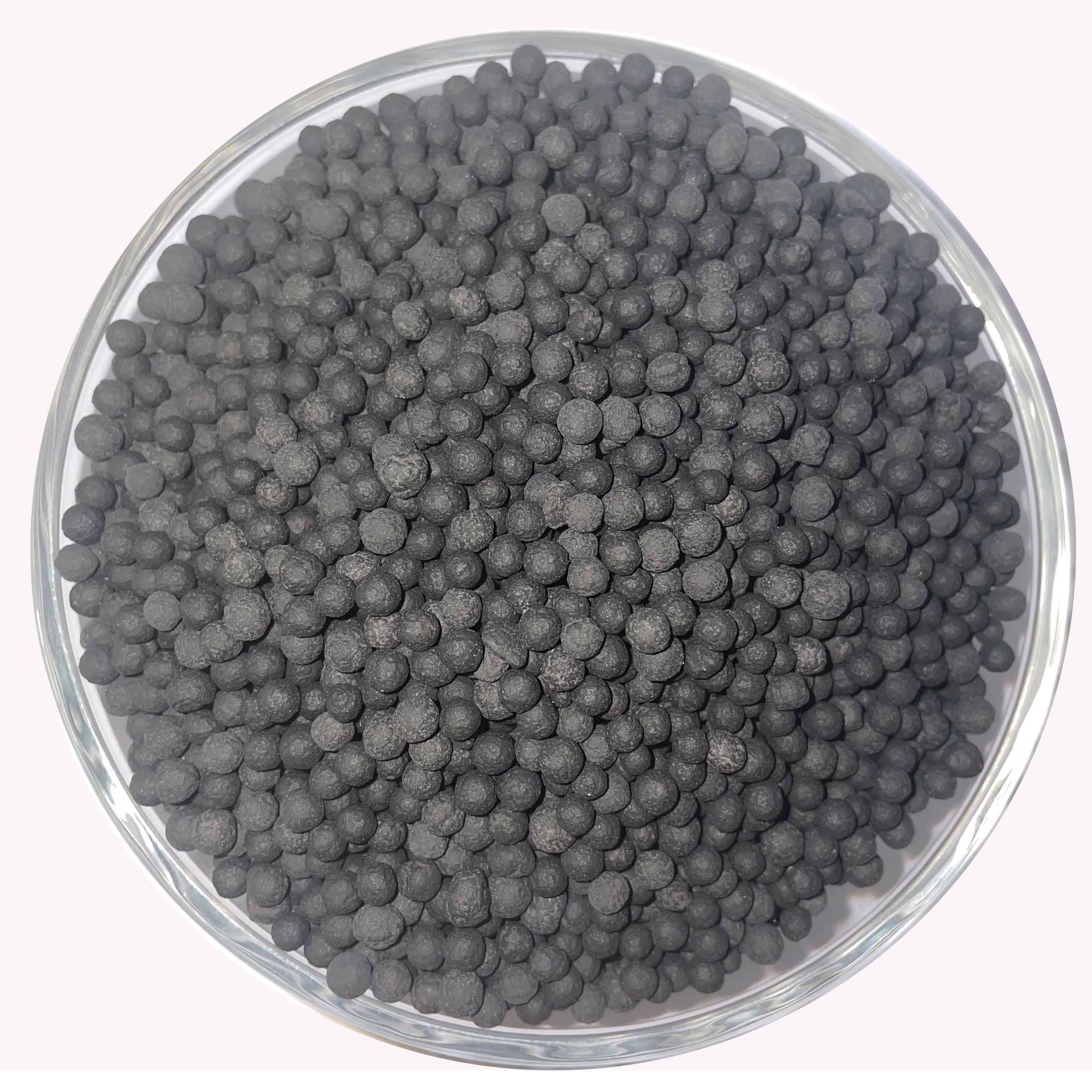
Dec . 10, 2024 05:06 Back to list
ammonium sulfate fertilizer for fruit trees
The Benefits of Ammonium Sulfate Fertilizer for Fruit Trees
Fertilization is a crucial aspect of cultivating healthy fruit trees. Among the numerous fertilizers available, ammonium sulfate stands out as a particularly effective option. This article explores the benefits of ammonium sulfate fertilizer for fruit trees, including its composition, advantages, application methods, and overall impact on tree health and fruit production.
Understanding Ammonium Sulfate
Ammonium sulfate is an inorganic salt with the chemical formula (NH4)2SO4. It consists of 21% nitrogen and 24% sulfur, making it a valuable source of both these essential nutrients. Nitrogen is vital for plant growth, playing a significant role in the production of chlorophyll, amino acids, and proteins. Sulfur, on the other hand, is pivotal for synthesizing certain amino acids and enzymes. Together, these nutrients promote vigorous growth and improve overall tree health.
Nutritional Benefits for Fruit Trees
The balanced nutrient composition of ammonium sulfate has several distinct benefits for fruit trees
1. Rapid Nitrogen Availability Ammonium sulfate provides a readily available source of nitrogen that fruit trees can absorb quickly. This quick release is particularly beneficial during the growing season, supporting rapid leaf and fruit development.
2. Enhanced Sulfur Supply Sulfur is often overlooked in fertilization plans, yet it is crucial for the development of oils, flavors, and proteins in fruits. Ammonium sulfate ensures that trees receive sufficient sulfur, enhancing the quality and taste of the fruit.
3. Acidic pH Ammonium sulfate has an acidifying effect on the soil, which can benefit fruit trees that prefer slightly acidic conditions. This acidification helps improve nutrient availability and uptake, especially for micronutrients.
Application Methods
Using ammonium sulfate effectively requires a strategic approach to application
1. Timing The best time to apply ammonium sulfate is in early spring, just before the new growth begins. This timing allows for the nutrients to be available when trees need them most.
ammonium sulfate fertilizer for fruit trees

2. Rate The recommended application rate can vary depending on soil tests and specific tree needs. Typically, one pound of ammonium sulfate per inch of trunk diameter is an adequate baseline.
3. Distribution It’s essential to distribute the fertilizer evenly around the root zone, avoiding direct contact with the tree trunk to prevent potential burn. Incorporating the fertilizer into the soil lightly can help improve its effectiveness and minimize nutrient runoff.
4. Watering After application, watering the area well can help dissolve the salts, allowing the nutrients to penetrate the soil and reach the roots more effectively.
Impact on Tree Health and Fruit Production
Applying ammonium sulfate can lead to noticeable improvements in tree health and productivity
1. Increased Growth Trees fertilized with ammonium sulfate often exhibit greener foliage and increased growth rates, enhancing the overall vigor of the trees.
2. Improved Fruit Quality Nutrient-rich fruit tends to have better taste, texture, and nutritional content. Sulfur from ammonium sulfate can enhance the flavor profiles of fruits, making them more appealing to consumers.
3. Higher Yields With proper fertilization, fruit trees can increase their yield significantly. Ammonium sulfate can contribute to more fruitful bearing years, providing farmers and gardeners with bountiful harvests.
4. Disease Resistance Healthy trees are often more resilient to pests and diseases. By promoting robust growth and nutrient balance, ammonium sulfate can indirectly help strengthen trees’ defenses.
Conclusion
Ammonium sulfate is a powerful tool for anyone looking to promote the healthy growth of fruit trees. With its balanced nutrient profile, quick availability of nitrogen and sulfur, and capacity to enhance fruit quality, it proves to be a beneficial choice for fruit tree fertilization. By understanding how to apply ammonium sulfate effectively, gardeners and fruit growers can ensure their trees thrive, ultimately leading to better yields and healthier fruit. As always, it is essential to consider soil health and specific tree requirements when implementing any fertilization strategy.
-
Premium Organic Manure Compost for Eco Gardens
NewsAug.01,2025
-
Organic 10-10-10 Fertilizer | Balanced Plant Nutrients
NewsJul.31,2025
-
Premium Amino Acid Fertilizer | Rapid Plant Growth Booster
NewsJul.31,2025
-
10 10 10 Fertilizer Organic—Balanced NPK for All Plants
NewsJul.30,2025
-
Premium 10 10 10 Fertilizer Organic for Balanced Plant Growth
NewsJul.29,2025
-
Premium 10 10 10 Fertilizer Organic for Balanced Plant Growth
NewsJul.29,2025
